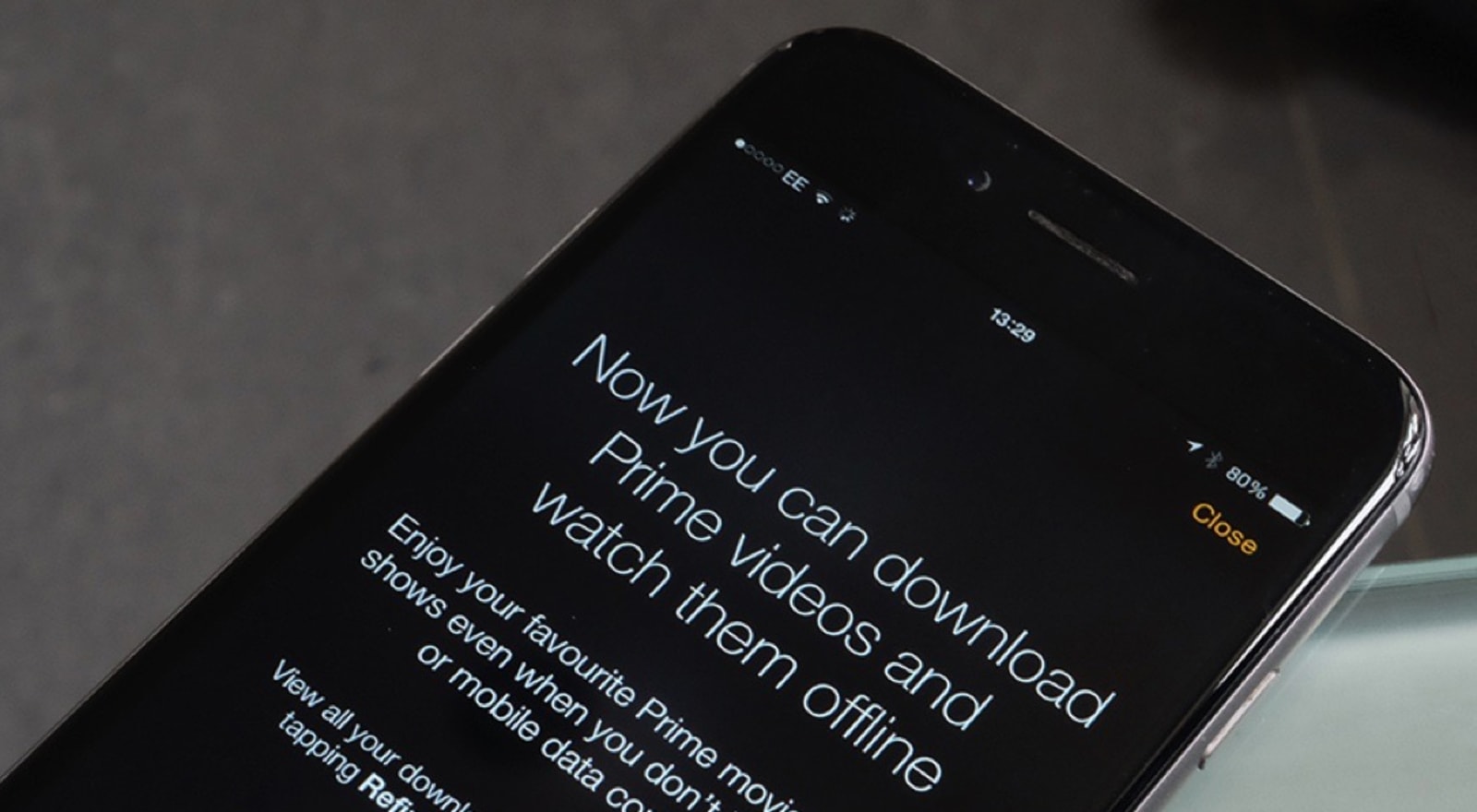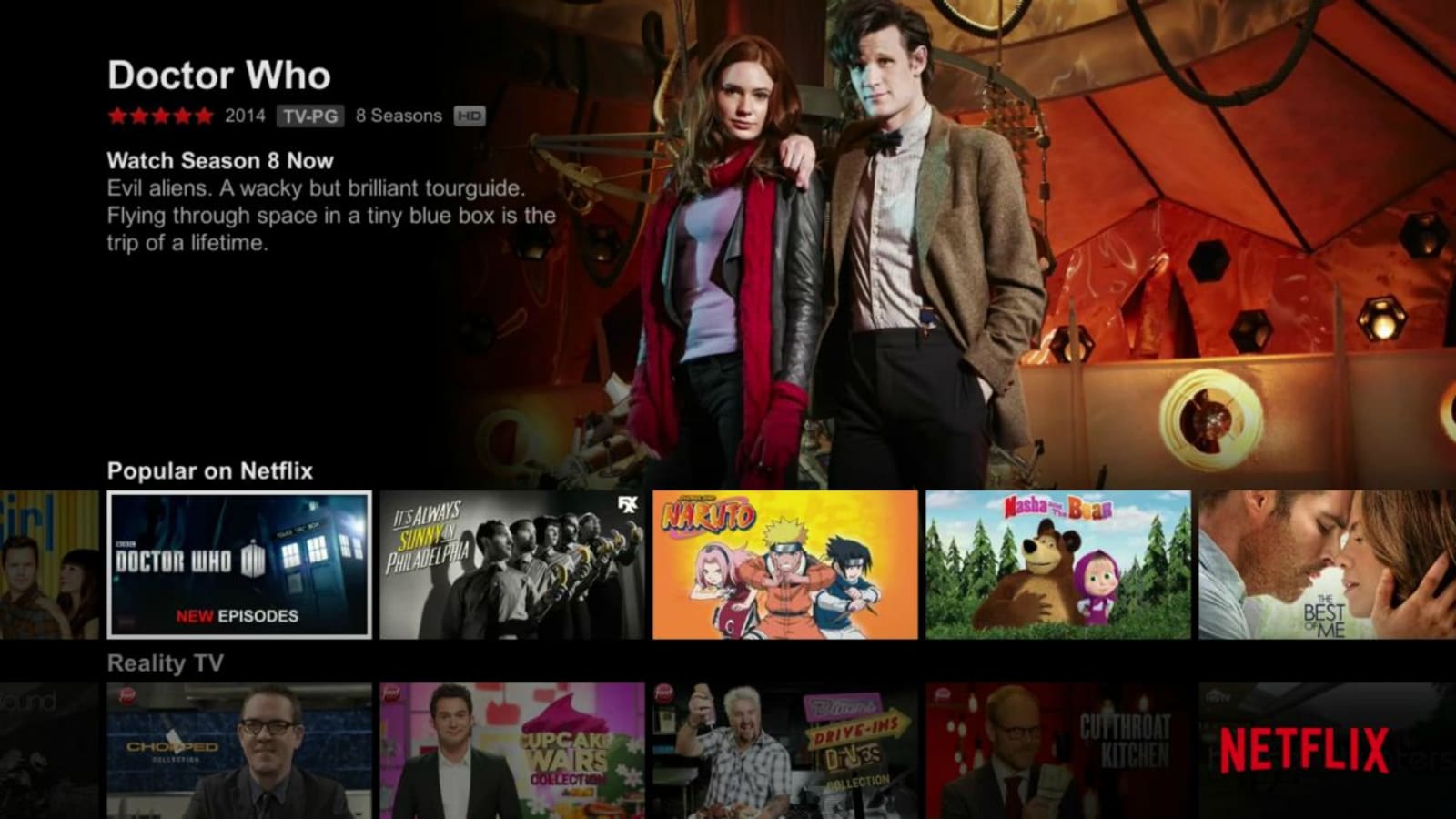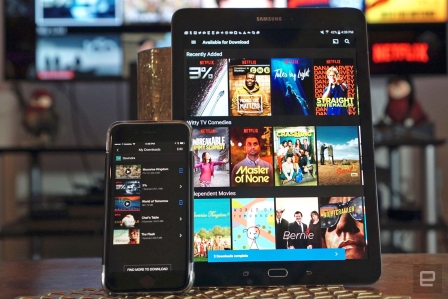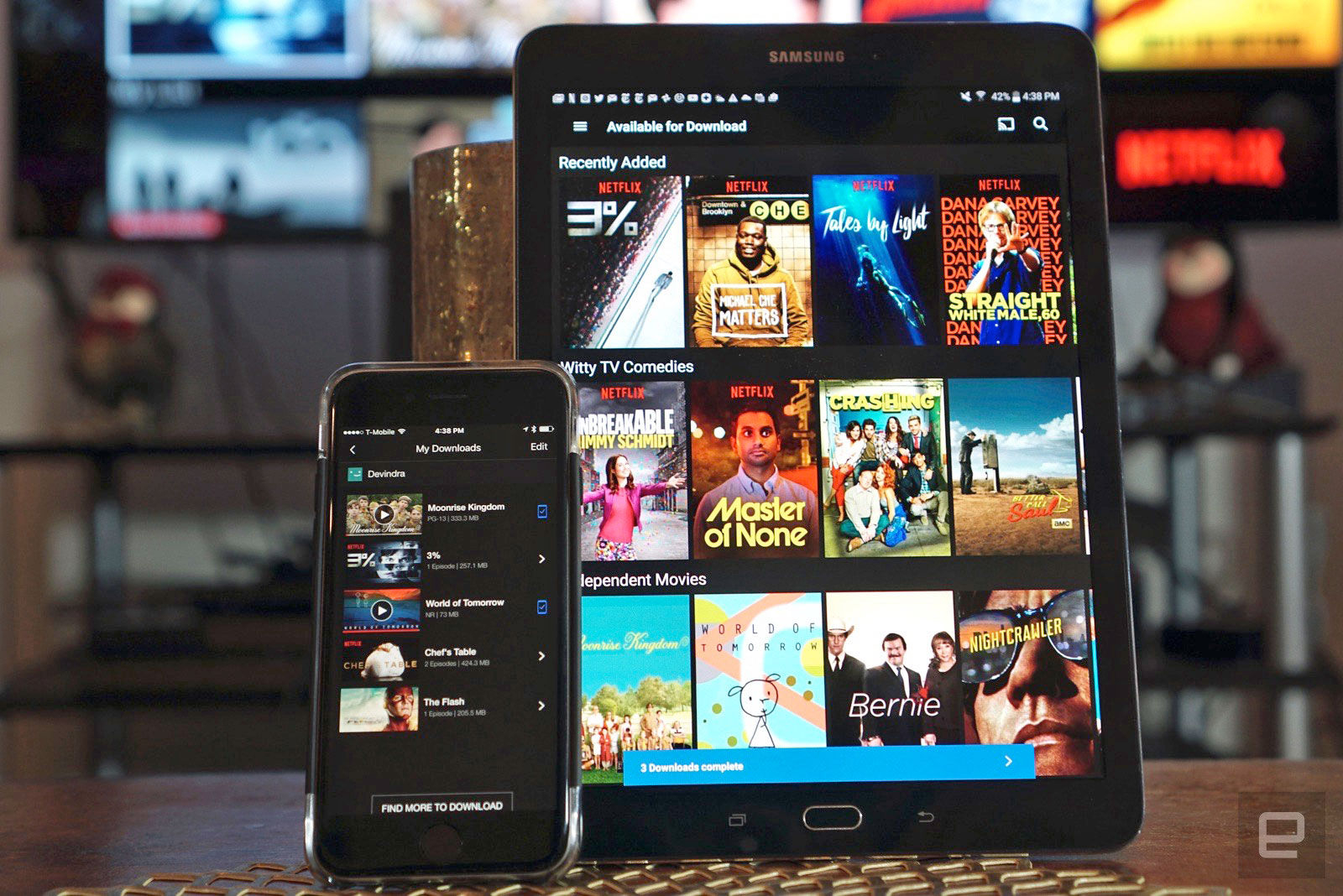Netflix’s offline viewing mode was inevitable
The ability to finally download Netflix videos came as a surprise this morning. After all, it’s the same company that just a few years ago said that offline support was “never going to happen.” But recently, Netflix’s tone started changing. Back in April, CEO Reed Hastings said it would “keep an open mind” about the feature. And earlier this month, chief content office Ted Sarandos noted that it might be necessary for international markets. And if you really think about it, there are plenty of reasons why Netflix couldn’t avoid offline viewing any longer.
Users genuinely need it
There’s a reason Netflix subscribers have been demanding offline support. It’s becoming all but a necessity, and that’s largely Netflix’s fault. It’s turned on-demand video into a drug, and now we need our fix wherever possible, be it on the subway or a plane. Offline support will also be useful for people who don’t have lots of mobile data to waste on streaming video.
In a strange way, it also seems like a fitting feature to debut after the “Netflix Vista” spoof ad, a Black Mirror tie-in which showed people ignoring the beauty of the world around them in favor of watching Netflix directly in their eyes. That ad tries to push people to get out and live their lives, but in reality Netflix is making it easier than ever to ignore everything so you can catch up on Crazy Ex-Girlfriend (which you should totally watch).

Amazon has been doing it for years
If you’re not a media addict, you probably didn’t know that Amazon has been letting its Prime customers download streaming videos for years. At first, offline viewing was exclusive to Fire tablet owners, but last year Amazon opened it up to iOS and Android devices as well. Amazon has, for some reason, done a poor job of marketing the feature (so much so that a few of our editors didn’t even know it existed). It’s also annoying to set up if you’re on Android, since it involves downloading Amazon’s app store just to grab the Prime Video app.
If you haven’t used it, Amazon’s offline mode works a lot like Netflix’s version: There’s a choice selection of shows and films you can download, and there’s also a time limit for how long you can keep content (there still has to be a reason for you to buy them, after all). It’s a particularly great way to catch up on Amazon’s original series (check out Transparent, Bosch and Mozart in the Jungle), but you can also download some shows and films from other studios as well.
Amazon is usually tight-lipped about metrics, but analysts estimate that there are currently between 54 and 69 million Prime members in the US. They also estimate around 60 percent of those subscribers actually watch Prime Video content at least once a week. Netflix, in comparison, has 47 million members in the US and 86 million globally. With more original content and better licensing deals heading to Amazon (it’s scored plenty of new films and TV deals), Netflix can’t afford to sit back and let a major competitor outdo it feature wise, as well. It’s hard to say if Amazon’s offline support directly influenced Netflix’s decision, but I’d wager it had some weight.

It’s an easy way to entice new subscribers and boost viewership
Netflix has done a remarkable (one could describe it as frightening) job of filling up our free time at home. It helped make “binge-watching” a reality, and at this point Netflix streaming accounts for more than a third of US internet traffic during prime time. But where does it go from here? So far, its price hikes haven’t affected subscriber growth, but who knows how long that’ll last. It’s also spending even more money on original content, and subscribers continue to criticize its inadequate film library.
By offering offline support at no extra cost, Netflix has an easy way to convince even more people to sign up. And, perhaps even more importantly, it could serve as a way to keep current subscribers onboard. And depending on how much people actually use the feature, it could also lead to significant viewership growth for all of its content. That could end up being useful when it needs to woo investors or potential content partners.
And yes, it’s necessary for international expansion
Netflix has already made this point pretty clear, but it’s one worth considering further. It’s true, that as the company expands to areas where internet access is spotty, it’ll need some way to ensure people can actually watch videos without interruption. Netflix will also be competing against other services in those markets that might offer downloads and cheap bootlegs. And, as usual, Netflix will have to deal with the omnipresent specter of piracy. If it doesn’t offer its own legal downloads, the pirates win.
(68)














